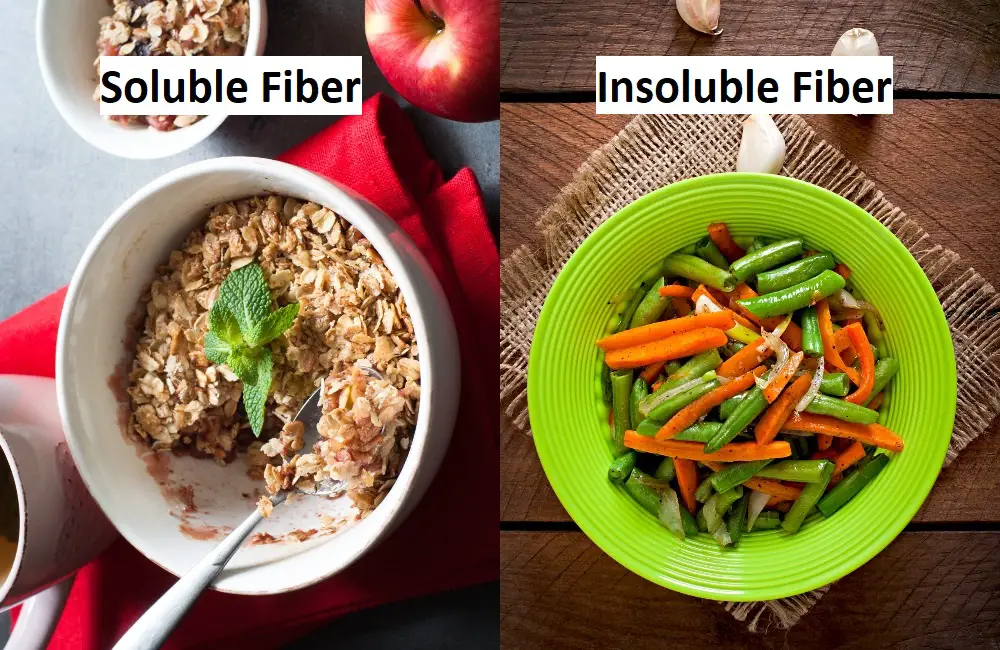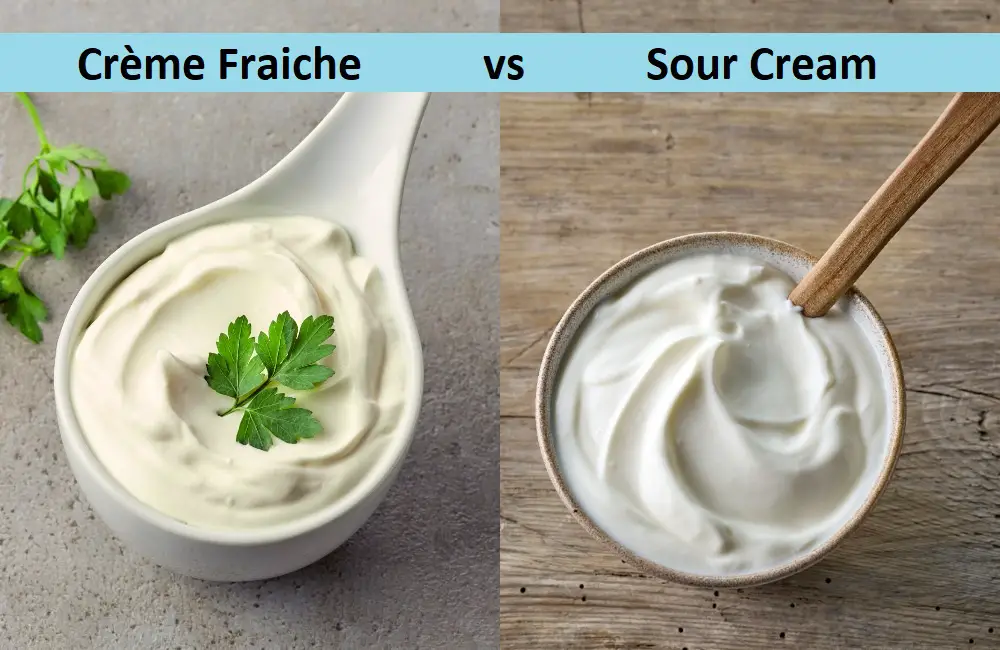Soluble Fiber Vs Insoluble Fiber: 3 Key Differences
Fiber is considered to be one of the most important parts of your diet. There two types of fibers, soluble and insoluble, and there are certain differences between them.
This plant-based food can provide benefits such as lowering cholesterol, triggering weight loss, keeping blood sugar levels stable, and more.
Today, we’ll learn the differences between soluble and insoluble fiber. Let’s get started.
Soluble Fiber Vs Insoluble Fiber: An Overview
The main difference between these two types is in their solubility. Soluble fibers, as their name suggests, dissolve in water. This type of fiber mainly constitutes gums and plant pectin.
On the other hand, we have insoluble fibers that don’t dissolve in water. Plant cellulose and hemicellulose are mostly considered insoluble fibers.
As you can see, both fiber types come from plants mainly. However, it’s easy to tell them apart. Foods rich in soluble fiber tend to absorb fiber and turn into a gel-like substance. You won’t find this happening with insoluble fiber.
What Is Soluble Fiber?

Soluble fiber is the type of plant fiber that tends to dissolve in water. This fiber mainly dissolves by absorbing water and turning it into a gel. Some examples of soluble fiber are beans, nuts, oatmeal, apples, and blueberries.
What Is Insoluble Fiber?

Insoluble fiber is the type of fiber that doesn’t absorb water. As these don’t turn into a gel when exposed to water because they can’t absorb water. Examples of insoluble fiber are whole-wheat bread, brown rice, seeds and skins of fruit, vegetables, etc.
Difference Between Soluble Fiber and Insoluble Fiber
We’ll dive into the key differences between the two types in this section.
Nature
Soluble fiber dissolves in water while insoluble fiber doesn’t. If you keep soluble fiber submerged in water, you’ll see it turning into a gel by absorbing the water, thus making it easier to dissolve.
Source
Some of the major sources of soluble fiber are barley, beans, apple, peas, oats, citrus fruits, Psyllium, etc.
Insoluble fiber can be found in a high quantity from nuts, beans, berries, carrots, green beans, cauliflowers, whole-wheat flour, and other vegetables.
Benefits

Both soluble and insoluble fiber provides unique benefits to you. You need both of these types equally to ensure healthy living.
Soluble fiber is known for reducing body fat. It may reduce the risk of heart disease and also lowers cholesterol. Taking soluble fibers increases healthy gut bacteria, which in turn can reduce inflammation for allowing better digestion.
Insoluble fiber can help your body process waste better. It improves bowel health and prevents constipation. These are known for treating constipation as well. The risk of certain colorectal conditions such as diverticulitis and hemorrhoids can be reduced through the intake of insoluble fiber.
Some of Our Articles You May Want to Read:
Jam Vs. Preserves – 4 Key Differences You Didn’t Know
Brown Eggs Vs. White Eggs: 3 Differences You Should Know
Vegetarian Vs. Vegan– What Are The Differences?
Soluble vs Insoluble Fiber: The Comparison Table
| Parameter of Comparison | Soluble Fiber | Insoluble Fiber |
| Absorption | Can absorb water and turns into a gel by doing so | Can’t absorb water |
| Benefit | Can reduce body fat, reduces heart disease risk, lowers cholesterol | Helps the body in processing waste, improves bowel health, and treats constipation. Reduces the risk of diverticulitis and hemorrhoids. |
| Source | Can be found in apple, peas, oats, Psyllium, barley, etc. | Can be found in vegetables, nuts, beans, whole-wheat flour, and berries. |
Key Takeaways
- Both soluble and insoluble fiber must be taken in equal ratios for healthy living.
- Food items rich in soluble fiber can be distinguished easily by submerging them in water.
- Intake of fibers can reduce the risk of fatal health conditions such as heart disease.
Conclusion
Even though there are multiple differences between soluble fiber vs insoluble fiber, we need both of them in equal ratios for healthy living. However, if you’re suffering from certain conditions that can be treated by a certain type of fiber, it’s recommended that you focus on that type more.






